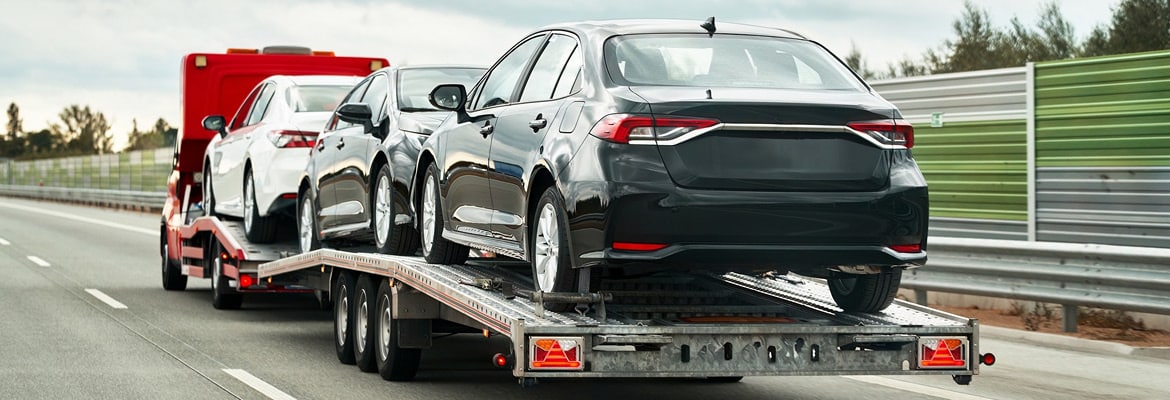Author(s)
Professional auto transporters make it easy to ship your car to another state, but the work isn’t done when your car arrives. To legally own and drive a vehicle, you need to comply with the state’s requirements for licensing, registration, insurance coverage and inspections. Once your car is delivered safely, you’ll need to pay a visit to your new state’s Department of Motor Vehicles.
The DMV has a reputation for long lines and complicated paperwork, but we’ve created a helpful guide for everything you need to know to make the process a breeze. In this blog, you’ll find details on what to expect upon vehicle delivery and how to prepare for the DMV in a new state. Read to the end for some extra tips on transitioning to your new state.
What to expect upon vehicle delivery
When your vehicle arrives, you’ll meet the trucker at your agreed-upon location to pick it up. All you’ll need to drive away with your car are your driver’s license and registration, proof of insurance and keys. You’ll go over some inspection paperwork with the trucker and sign the Bill of Lading, and then you’ll be ready to go. Hang on to these documents because you’ll need them to transfer your registration and insurance.
Prepare for the DMV
If you haven’t done so already, now is a good time to look up your new state’s requirements for vehicle registration. Some states necessitate emissions and safety inspections before you can register your vehicle.
In addition to unique requirements, each state has a different grace period for how long you register. Most states will give you between 30 and 90 days to complete the process, but it’s not something you want to wait on and risk hefty fines.
What you’ll need: documents and paperwork
Regardless of what state you’re in, you’ll need the information on the following items to complete your registration application:
- Your car’s registration and title
- Your driver’s license
- Proof of insurance
While this short list of documents will take you far in the process, some states will ask for more to complete your registration. Read our full guide on how to change your car registration when you move.
To help you plan ahead, DMV.org offers a helpful tool that generates a moving checklist based on the zip codes of your origin and destination.
More tips for a stress-free move
If you’re shipping your car to another state and getting set up with the DMV, chances are you’re moving there for the long haul. Whether it’s your first time moving to a new state or you’re a regular relocator, these tips will help you avoid speed bumps along the way. Click the links below to read more about each topic.
What To Know When Shipping A Car To Another State
Do you have questions about the auto transport process or how prices are determined? Maybe you’re trying to decide between a local or national transport company. Look no further! This guide covers everything (and we mean everything) you need to know about using professional auto transport to get your car from state A to state B.
7 Tips on How to Ship Your Car to Another State
These additional tips go more in-depth to make the car shipping process as smooth as possible. From initial research and comparing quotes to getting your vehicle ready for shipment, this guide will have you feeling confident in your auto transport shipping journey.
Top-rated for state-to-state auto transport
Montway is one of the nation’s top-rated auto transport companies, arranging car shipping for families, businesses and individuals in all 50 states, including Hawaii and Alaska. Find out why customers choose Montway for their auto transport needs during their moves and relocations. Thanks to our loyal customers, we’ve shipped over one million vehicles since our start in 2007.
Learn more about how auto transport works and car shipping costs. Our dedicated shipping advisors are available 365 days a year to answer your questions and arrange transport for your vehicle. Contact a Montway representative at 888-666-8929 or click to chat. Click the button below to get an estimate with our free instant quote calculator.
Ready to transport your car with Montway?
Our car shipping advisors are available by calling (888) 666-8929 to answer all your questions.








